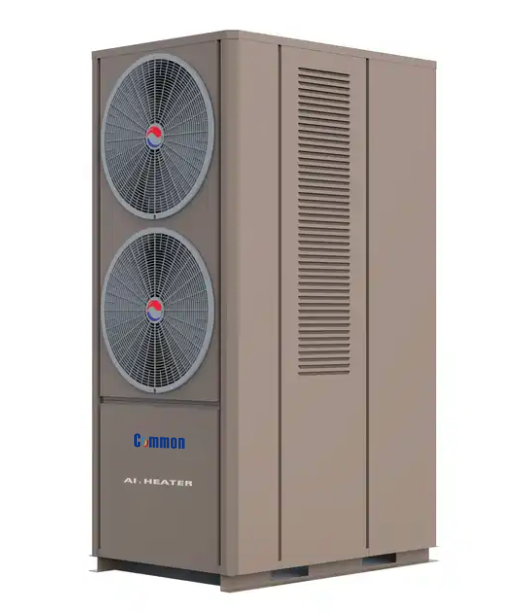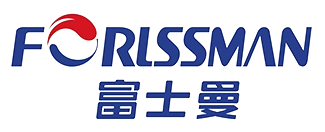

Air source water heater is an energy-saving and environmentally friendly heating and hot water equipment, which usually only requires a small amount of electricity to drive the compressor to convert the low-temperature heat absorbed from the air into high-temperature heat, meeting the heating and hot water needs of users.
Air energy water heaters can be divided into two circulation modes: fluorine circulation and water circulation. In the initial years of development in the air energy water heater industry, fluorine circulating water tanks with built-in coils were generally chosen. However, after a few years of use, the problem of fluorine circulating built-in coils began to emerge. Due to long-term immersion in high-temperature hot water, copper pipes are prone to scale and copper green. More importantly, due to the need for built-in coils to withstand nearly 20 kilograms of pressure year-round, copper pipes are prone to damage and leakage after several years of use. Once leaked, it will cause the water tank to be scrapped, causing water to enter the compressor inside the air energy water heater host, ultimately leading to damage to the entire equipment.
After discovering the drawbacks of built-in coils in air energy water heaters, the market began to develop external coils. The working principle of an external coil is to wrap a copper tube around the outer wall of the inner tank of the water tank, transfer the heat of the copper tube to the inner tank, and thus heat the water inside the tank. Compared with built-in coils, external coils can to some extent solve the problems of scale and copper green, but there are certain drawbacks. Due to the cylindrical shape of the copper tube, it wraps around the outer wall of the water tank inner liner, resulting in limited heating and waste of heat exchange area. The thermal efficiency is not as high as that of the built-in coil. On the other hand, due to wrapping copper pipes around the outer wall, the usage of copper pipes is much greater than that of built-in coils, usually 2-3 times longer than built-in copper pipes. In order to reduce costs, people have put more effort into reducing the thickness of copper pipes. Thin copper pipes wrapped around the inner and outer walls of the water heater can cause the pipes to be compressed to a certain extent. Damaged copper pipes are more likely to leak after use for a period of time, affecting the use of the water heater.
In summary, it can be seen that water heaters using fluorine circulation have extremely high installation requirements, and compared to them, water circulation is much more convenient. The installation of air energy water heaters using water circulation is simple and efficient, just connect the water tank to the power supply. Use a circulating water pump to extract cold water from the inside of the water tank, heat it up through a sleeve, and then transport it back to the water tank until the entire water tank is heated. The installation of water circulation is convenient, the heat exchange effect is good, and it will not touch the refrigerant during installation, so there will be no leakage. In addition, the water circulation is heated inside the host, and there are no copper or stainless steel pipes in the water tank, which will not produce scale or copper green. Moreover, the water circulation air can separate the water and electricity of the water heater, and there will be no leakage in the water tank, making it safer.
The installation of water circulation air energy water heaters is more convenient, and the installation requirements for fluorine circulation air energy water heaters are higher. Therefore, when choosing fluorine circulation water heaters, it is necessary to consider the manufacturer's installation technology and after-sales level.








